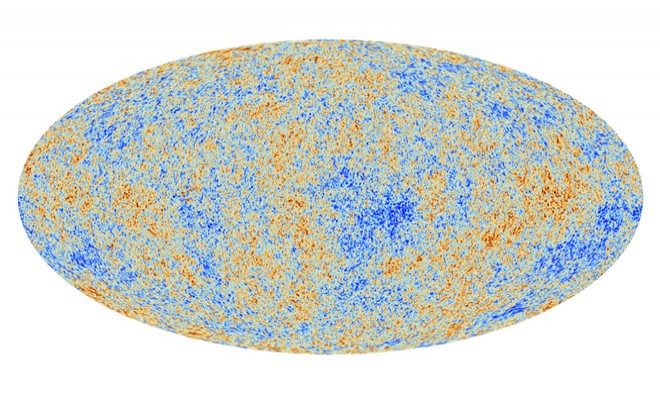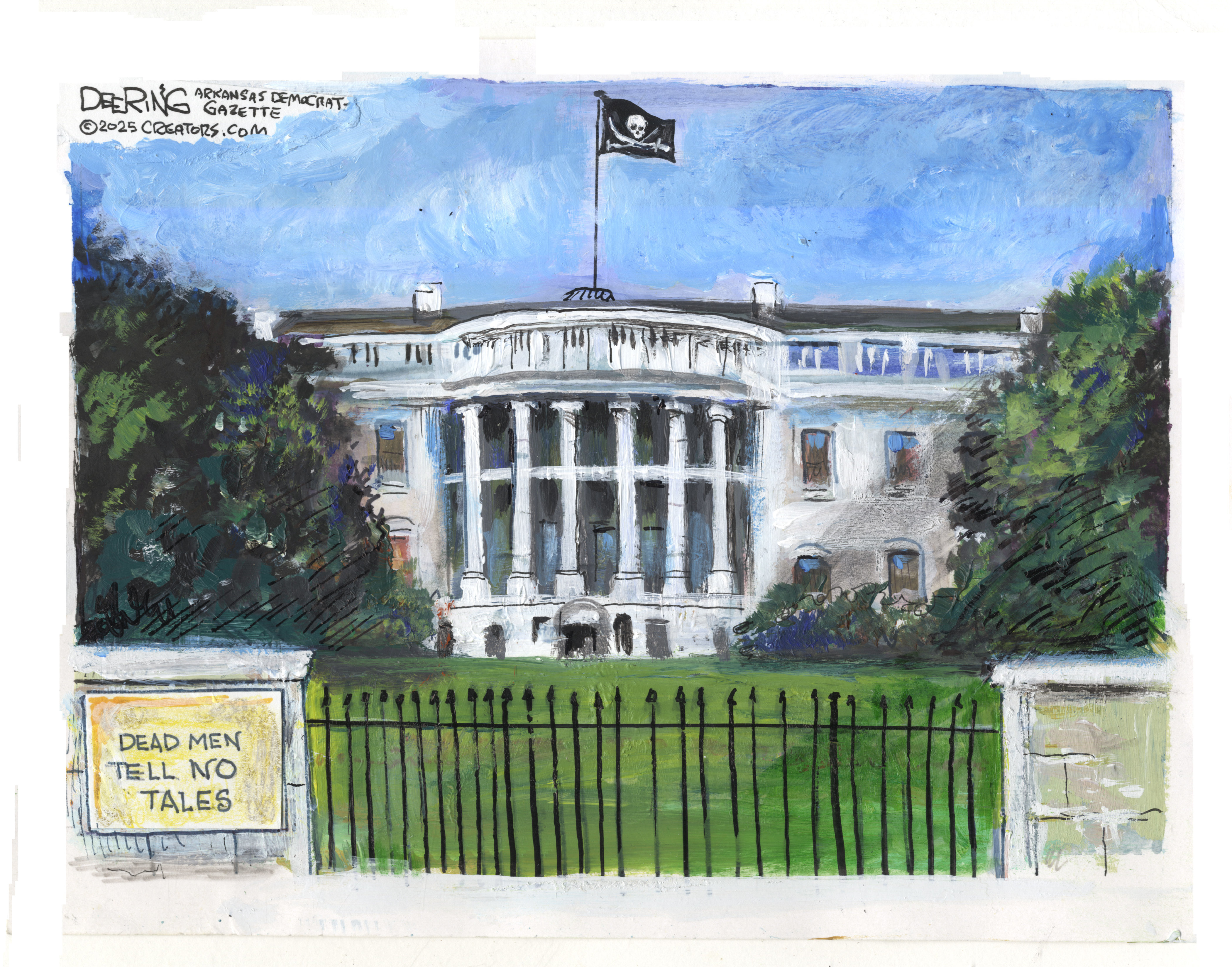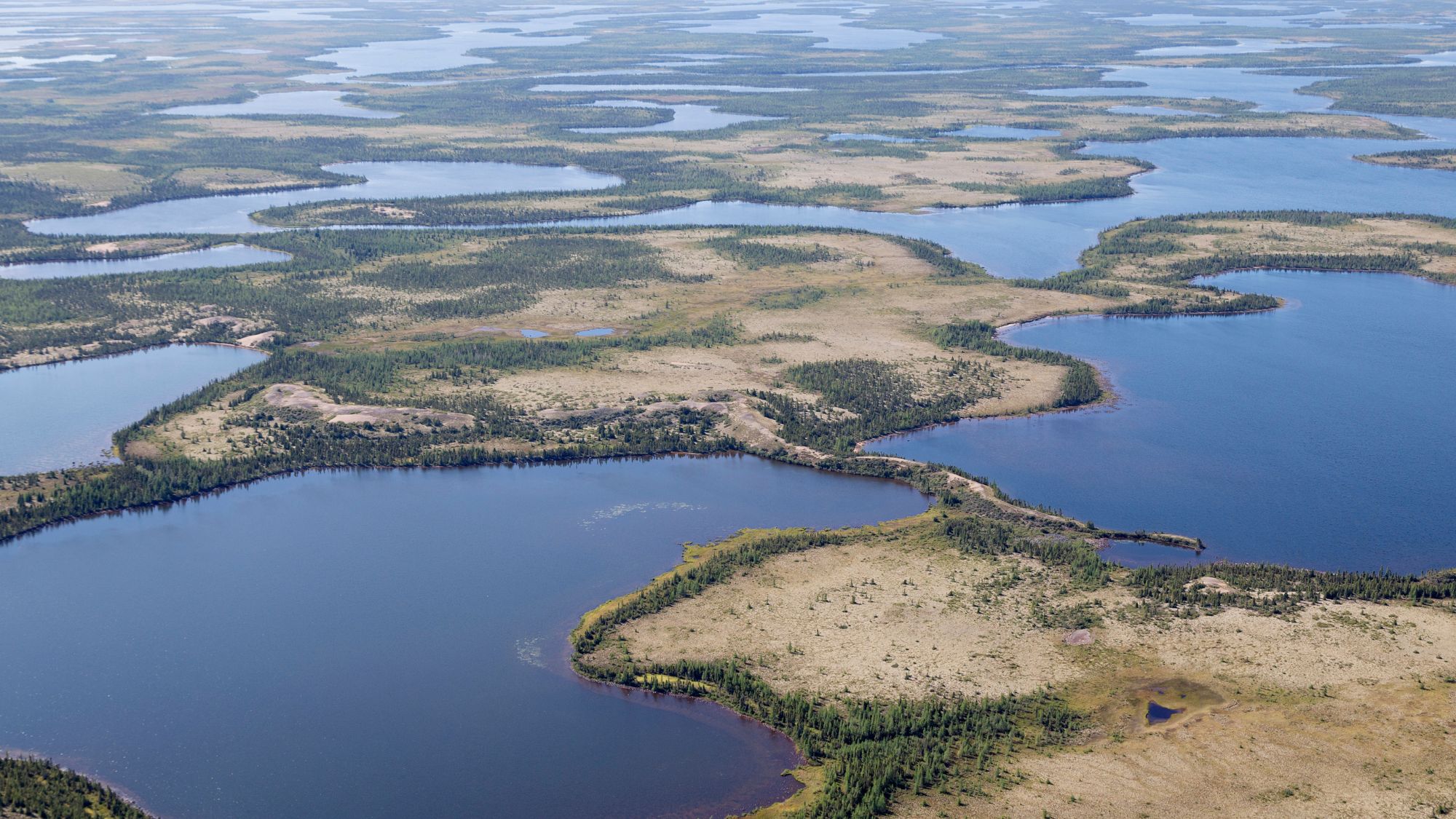Take a look at this baby picture of the universe
A new image reveals what the universe looked like shortly after the Big Bang


The European Space Agency on Thursday released an image that depicts what the universe looked like a mere 380,000 years after the Big Bang. While that may sound like a fair amount of time, the universe was virtually an infant then, giving scientists new insight into its origins.
Using its Planck space telescope, the ESA was able to compose a map from the "Cosmic Microwave Background, or CMB, the ambient thermal radiation that's left over from the birth of the universe," says Scott Neuman at NPR. Think of it as the Big Bang's "afterglow" or "heat map." It is considered the oldest light in our universe, and it has left its imprint on the Earth's sky. This is how it works, according to ESA:
At that time, the young Universe was filled with a hot dense soup of interacting protons, electrons, and photons at about 2700ºC. When the protons and electrons joined to form hydrogen atoms, the light was set free. As the Universe has expanded, this light today has been stretched out to microwave wavelengths, equivalent to a temperature of just 2.7 degrees above absolute zero. [ESA]
But the image is more than just a pretty picture. The map shows that the universe is actually 13.82 billion years old, which is about 80 million to 100 million years older than previous estimates. It contains more dark matter — the mysterious glue that holds the universe together — than previously thought. The image also shows less dark energy — the mysterious force that theoretically causes the universe to expand.
The Week
Escape your echo chamber. Get the facts behind the news, plus analysis from multiple perspectives.

Sign up for The Week's Free Newsletters
From our morning news briefing to a weekly Good News Newsletter, get the best of The Week delivered directly to your inbox.
From our morning news briefing to a weekly Good News Newsletter, get the best of The Week delivered directly to your inbox.
The map has also raised some new questions about the universe, according to Dennis Overbye at The New York Times:
Within the standard cosmological framework, however, the new satellite data underscored the existence of puzzling anomalies that may yet lead theorists back to the drawing board. The universe appears to be slightly lumpier, with bigger and more hot and cold spots in the northern half of the sky as seen from Earth than toward the south, for example. And there is a large, unexplained cool spot in the northern hemisphere. [New York Times]
However, the image largely affirms scientists' previous theories about the universe and its creation, even if our picture of the Big Bang is still very much incomplete. "You can see the seeds from which galaxies were coming," said ESA chief Jean Jacques Dordain. "Planck reveals an almost perfect universe."
A free daily email with the biggest news stories of the day – and the best features from TheWeek.com
Ryu Spaeth is deputy editor at TheWeek.com. Follow him on Twitter.
-
 Film reviews: ‘Marty Supreme’ and ‘Is This Thing On?’
Film reviews: ‘Marty Supreme’ and ‘Is This Thing On?’Feature A born grifter chases his table tennis dreams and a dad turns to stand-up to fight off heartbreak
-
 Political cartoons for December 14
Political cartoons for December 14Cartoons Sunday's political cartoons include a new White House flag, Venezuela negotiations, and more
-
 Heavenly spectacle in the wilds of Canada
Heavenly spectacle in the wilds of CanadaThe Week Recommends ‘Mind-bending’ outpost for spotting animals – and the northern lights